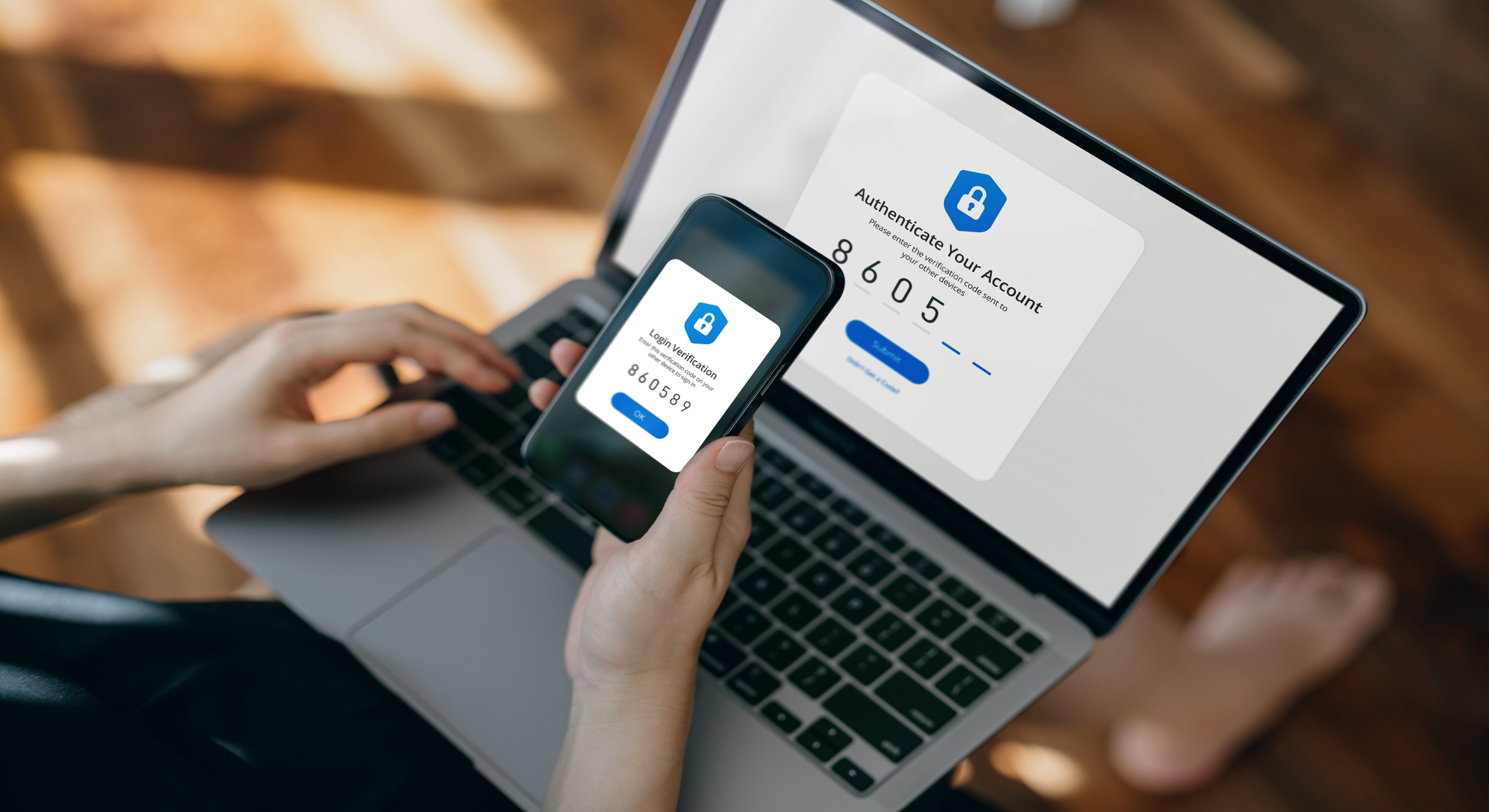
07 Dec 5G network security and privacy: myths and facts
5G networks represent a considerable improvement on the previous 4G standard. But like all technological advances, it brings with it a series of things to consider when it comes to cybersecurity. Will 5G wireless network connectivity be more insecure than what we’re used to? Will cybersecurity firms be able to anticipate attacks? Will users face a more or less secure environment? Let’s take a look at the current industry landscape and dispel some common myths as we go.
Two facts about 5G
Cybersecurity will change as a result of 5G
This is true. All technological developments herald opportunities in the field of innovation but, at the same time, they also offer cybercriminals new tools and ways to breach the security of our equipment and devices, as well as opening new “doors” to access and steal important information – even valuable assets or money.
When 5G is fully rolled out, users will have lots of new and even disruptive products and services right at their fingertips, compared to what they currently enjoy. But both users and the companies that provide these products and services need to be aware of the privacy risks that come with 5G network connectivity. And they need to take preventive steps while introducing monitoring and appropriate encryption and protection protocols.
Cyber attacks will be more frequent thanks to (and because of) 5G
This is also true. Mass adoption of fifth-generation wireless network connectivity will lead to greater user exposure, i.e. more opportunities for cybersecurity attacks. 5G’s ability to transmit more information at faster speeds could make it easier for hackers to carry out far more aggressive Denial of Service (DoS) attacks, for example. As more and more authorities and organisations adopt 5G to manage their critical infrastructure, such as health or transport systems, these will only become even more “appealing” targets to cyber criminals.
Two 5G myths we can dispel
5G is a reality for all users
Not quite yet. Although many of the devices on the market nowadays are already prepared to support and take advantage of this type of network connectivity, the truth is that much of the infrastructure that 5G currently runs on is already being used for 4G, so it’s impossible to harness the full theoretical potential of 5G in terms of bandwidth and latency. Lots of the apps we most commonly use were also built to take advantage of previous network connectivity standards – i.e. not 5G – so even if users wanted to make the switch, they’d still be underusing the 5G network. Much of the advertising you see about new wireless networks is nothing more than optimistic marketing, as the diversification needed for mass adoption of 5G by the general public is still a way off yet.
Thanks to 5G, cybersecurity firms will be able to anticipate attacks
Sadly, this isn’t the case. Not now, nor will it ever be with 5G, or any other technological development for that matter. In fact, quite the opposite! People who want to misuse technology are often much more creative, more motivated to do harm and lack the legal, moral and ethical limits that their “opponents” have in the cybersecurity war. That’s why preventive measures are typically designed in response to attacks that have already taken place.
To avoid cybersecurity issues – both with 5G and any other type of network connection – it’s advisable to install reliable and up-to-date antivirus software. It’s also good practice to use a VPN app that can mask your IP address, use strong passwords, update all your passwords frequently and on all devices and networks, and never leave the provided “default” password on any device or service you use. Where possible, it’s a good idea to use and install security patches as soon as they become available, as they’re usually provided in response to cybersecurity breaches as companies respond to identified threats.

